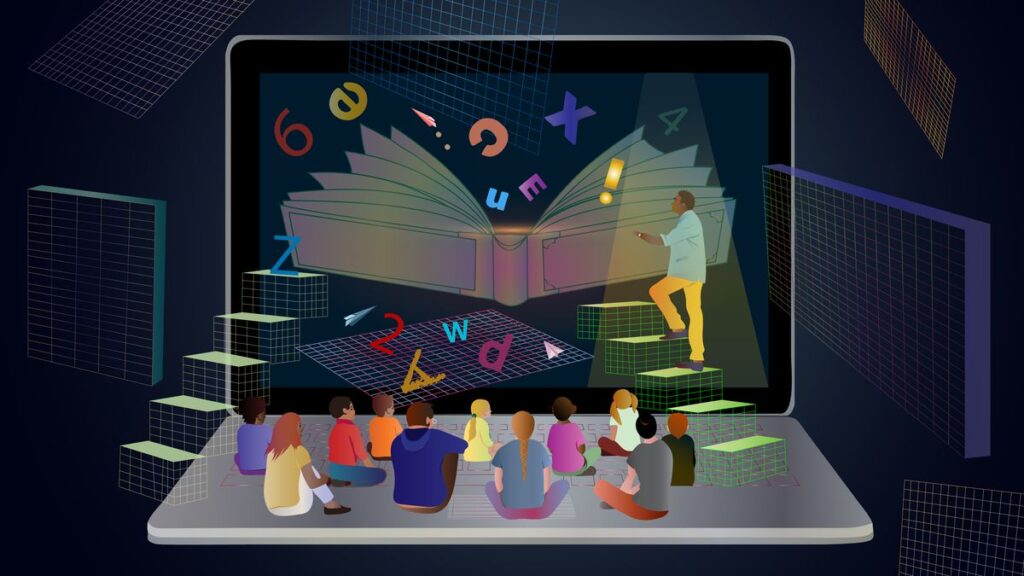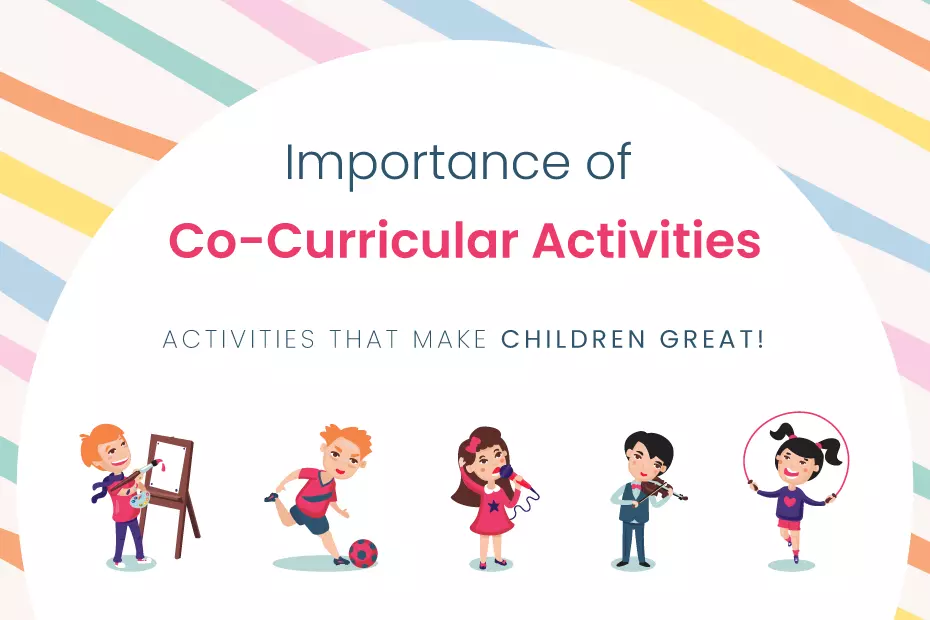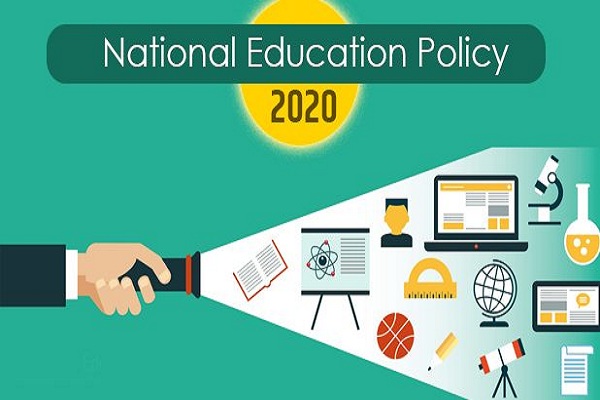Remote learning has become a new norm of education during the COVID-19 pandemic. With the shift to online learning, many students may be struggling to stay motivated and engaged with their studies. Here are some tips for teachers and parents to help motivate students for remote learning:
- Establish a Routine Establishing a routine can help students get into a regular schedule and feel more motivated to complete their work. Parents and teachers can work together to create a schedule for each day that includes specific times for classwork, breaks, and other activities.
- Set Realistic Goals Setting realistic goals can help students stay motivated and feel a sense of accomplishment when they achieve their goals. Teachers and parents can work with students to set realistic goals and help them create a plan to achieve those goals.
- Create a Comfortable Learning Environment Creating a comfortable learning environment can help students stay focused and motivated. Parents and teachers can help by setting up a dedicated workspace with a comfortable chair, adequate lighting, and minimal distractions.
- Use Interactive Learning Techniques Interactive learning techniques, such as online games and quizzes, can help engage students and make learning more fun. Teachers can use online tools like Kahoot and Quizlet to create interactive quizzes that students can complete independently or as a group.
- Provide Feedback Providing feedback to students can help them understand their strengths and weaknesses and stay motivated to improve. Teachers can provide regular feedback on student’s work and offer suggestions for improvement.
- Use Technology Effectively Technology can be a powerful tool for remote learning, but it’s essential to use it effectively. Teachers and parents can help students learn to use online tools and platforms effectively and provide technical support when needed.
- Encourage Collaboration Collaboration with peers can help students feel more engaged and motivated in their studies. Teachers can facilitate group projects and discussions online, and parents can encourage their children to connect with peers through online platforms.
- Celebrate Achievements Celebrating achievements, such as completing an assignment or reaching a milestone, can help motivate students and boost their self-esteem. Teachers and parents can recognize students’ achievements and provide positive feedback to encourage them to continue working hard.
- Provide Support Providing emotional and academic support can help students stay motivated and engaged in their studies. Teachers and parents can offer encouragement and support when students face challenges, and provide additional resources or assistance when needed.
Remote learning presents new challenges for students, teachers, and parents, but by working together and implementing these strategies, we can help students stay motivated and engaged in their studies. By creating a comfortable learning environment, using interactive learning techniques, providing feedback, and celebrating achievements, we can help students succeed in the new world of remote learning.


















